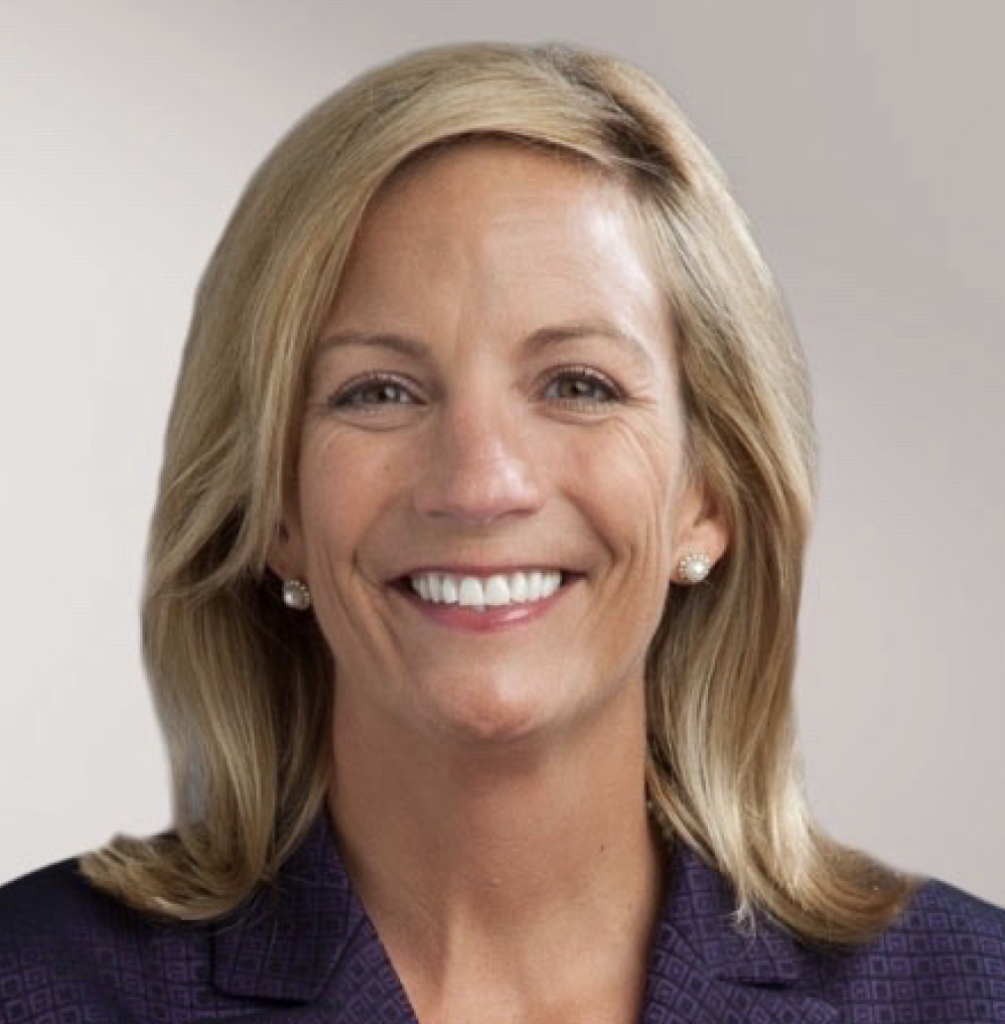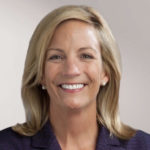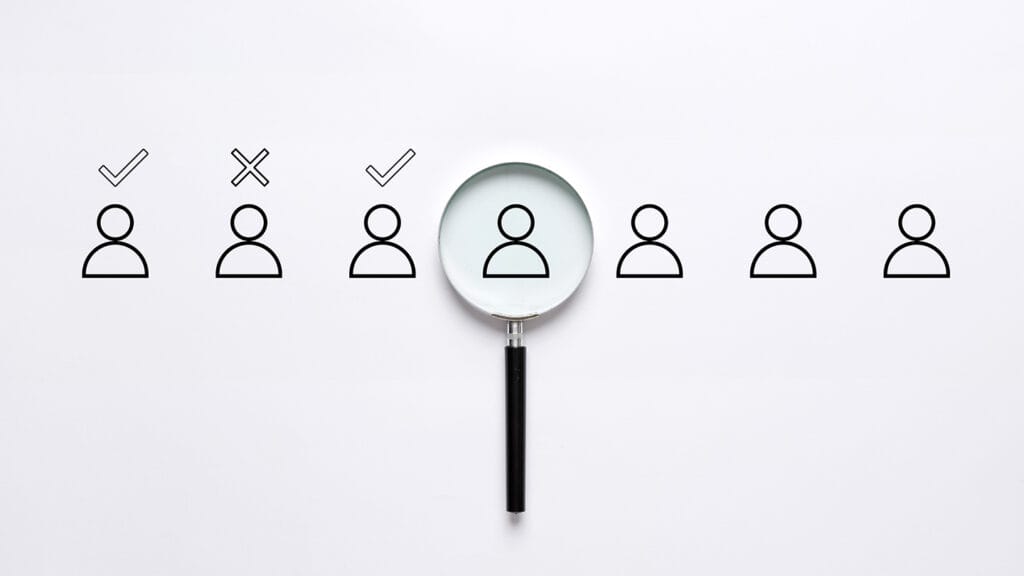
Solutions, TigerConnect
When the brutal reality of COVID-19 made itself known in the United States, the most at-risk populations were residents of long-term care facilities like nursing homes and hospices. At the height of the pandemic, the Centers for Disease Control and Prevention (CDC) identified these residents as being in the top three of vulnerable populations in the country.
According to a recent report published by AARP, nursing homes and other long-term care facilities saw the deaths of more than 174,000 residents and staff members.
The severity of this virus means that extra care and attention are dire to ensure the health and quality of living for residents at home or at facilities, and their caretakers. The extra attention to detail also means a shift in the way patients are cared for.
Long-term care healthcare workers are in already strained situations, needing to provide more mobile care and working hours in the field while still focusing on paperwork and caregiver workflows. Clinicians need a simple and secure way to support caseworkers, dispatch caregivers in real-time, provide on-demand virtual care to prevent avoidable admissions, manage referrals, and keep patient medical information safe and HIPAA-compliant.
A report from Digital Trends stated that only 7% of healthcare and pharmaceutical companies said they had undergone a digital transition, compared to 15% of companies in other industries. Healthcare systems must make the digital leap to create more customer-centric services. There are evolved, streamlined communication solutions readily available for the healthcare industry to create a better patient and clinician experience. Below are some tips for refocusing on key areas in home health and long-term care facilities with the overall goal of producing quality patient care.
Simplified caregiver workflows, including access to key patient information
Having a secure and easy-to-use digital mobile app gives clinicians and their colleagues easy access to internal information and streamlined communication to save time and money. For example, these enhanced apps may offer valuable electronic health record (EHR) access features to benefit clinicians or provide ease of sharing patient condition updates and images with the care team. They also support HIPAA-compliance while simultaneously being able to respond to critical alerts and messages in real-time. All of this is done through a centralized system thus reducing toil and communications failures, and can integrate information from clinical systems of record.
Having an intuitive solution that allows for rapid access to patient information and convenient communication between healthcare staff helps the overall workflow of the organization and ease of transition and continuation of care from one caregiver to the next, which in turn improves the patient experience and level of care.
Improved clinician communications and workflow solutions
Having the right patient care coordination software means that every department has an open channel to contacting physicians when needed most, coordinating with other departments in real-time, and accessing patient information. This creates positive and more efficient communication between nurses and doctors, and reduces unnecessary communication hurdles.
Next-gen care collaboration technology gives nurses and other care team members the ability to streamline workflows. With the right tools, nurses can improve patient outcomes by expediting communication between care team members. Being able to speed up the process of intervening when a patient’s condition worsens, obtaining lab results and even improving the process of managing complex wounds are basic tasks that have a noticeable impact on patient care. Not only do these improved collaboration capabilities make situations less stressful for clinicians, thereby reducing burnout, but they improve the overall patient and family experience.
Engaging with patients and their family members
Not only does next-gen care collaboration technology create better communication between internal care teams, but it also creates more accessible communication for patients. Long-term care patients and family members can be added to a text message or phone conversation with case managers, specialists and primary care physicians to consolidate all communication into a single platform.
Depending on the type of facility, a consolidated communication platform solution can remove any possible long wait times over the phone and in person. Some examples of the solution’s capabilities include patients being able to make appointments for themselves or family members over the app and virtually complete registration or assessment processes. Amid a pandemic, it’s helpful to have the ability to carry out video calls with physicians or other ancillary care team members, and even include family members in video calls. This form of virtual care is another way to keep patients and long-term care residents safe and engaged while saving time and lives.
As caseloads rise and healthcare workers are stretched thin during times of crisis, it is increasingly beneficial to have an established care collaboration platform to create a better patient experience and mitigate any preventable stress put on the care team. It is important to remember that nurses, physicians, clinical leaders and other staff members do not need to face daily challenges alone. There are plenty of solutions available to help make their invaluable work a smoother experience.
Julie Grenuk, RN, MS, RCC, is TigerConnect’s vice president of clinical solutions. She’s an industry-known healthcare consultant leader who is passionate about saving lives. With more than 25 years of clinical, IT, operational and management experience, Grenuk helps healthcare providers and leaders develop essential systems to improve patient care. Having worked for companies such as GE Healthcare, IBM and Children’s Healthcare of Atlanta, she has invaluable experience developing the next generation of leaders while providing clinicians with the tools to be more efficient.
This article originally appeared on McKnight's Senior Living



